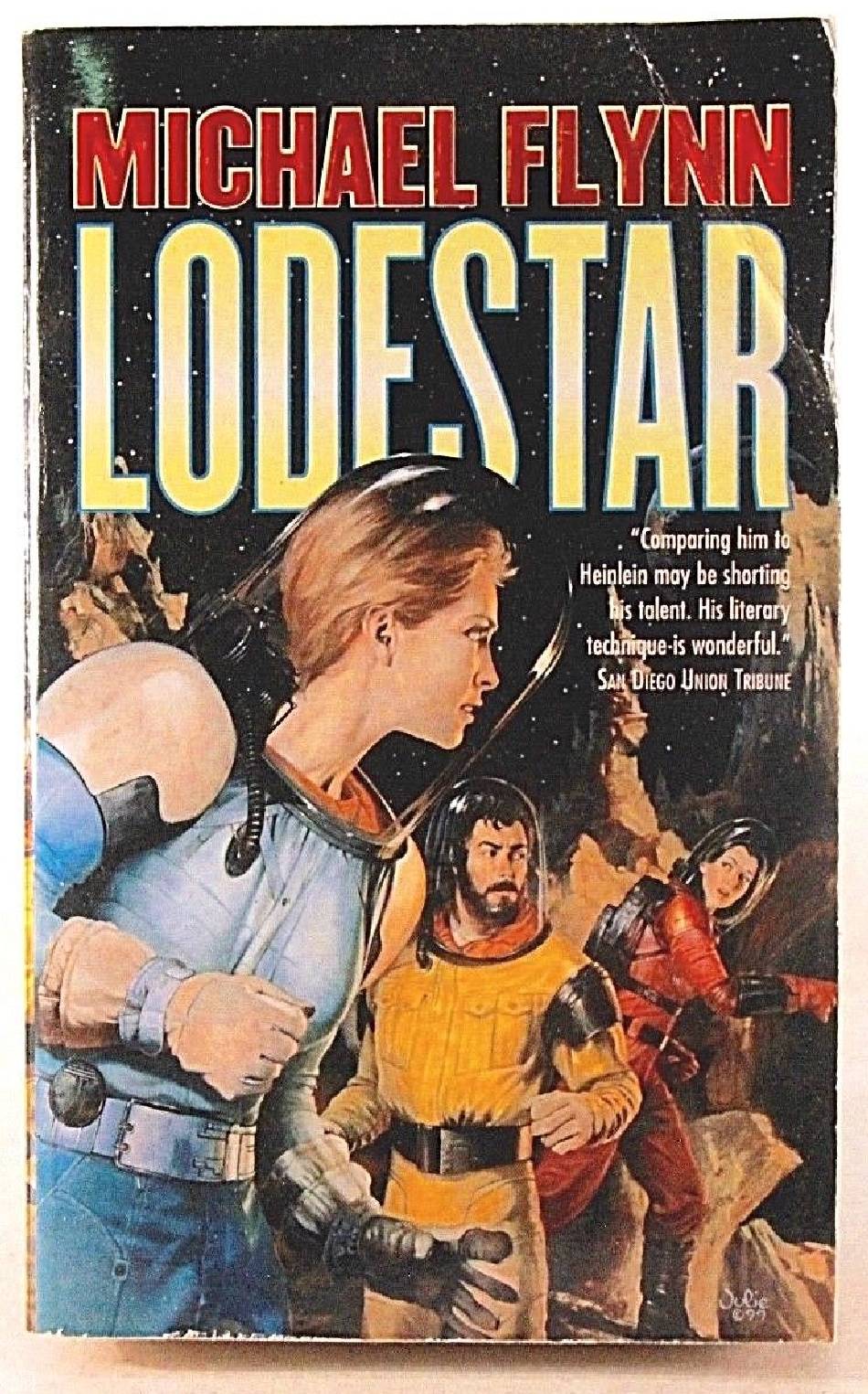

As I'm not interested in role playing games it took me some time to get into the story, although the pace picked up after the half-way point. As in Dream Park, the criminal in the story is unmasked at the end without any prior clues to allow readers to work out who it might be.ĭespite this, the many who loved Dream Park will I expect enjoy The Barsoom Project. Now it could be argued that, by definition, fiction is "not real" anyway, but in a conventional story the author and reader conspire to pretend that what is going on is genuine so that tension can be built up to high levels - that simply doesn't happen here (in fact participants in the game have to be reminded that they need to lie still and be quiet when they're "dead"). I was not entirely convinced by the economics of the Dream Park games, nor by the logic of the "fat rippers" even if their experiences encouraged the game-players to change their diets (although it wasn't obvious why it should), why would it have the same effect on overweight computer gamers? However, the biggest problem with this story for me is that it lacked much in the way of dramatic tension, simply because the reader knows from the start that the constant stream of bizarre dangers faced by the participants in the game is not real - if they are "killed" in the game, they simply retire uninjured. I had some issues with aspects of the story. This Barsoom Project provides the title to the book, although it's hard to see why since most of the story is concerned with the progress of the Fimbulwinter game, set in the Arctic and featuring Inuit (Eskimo to us oldies) mythology. While ostensibly what the plot is all about, in practice this is only an minor distraction from the main thread, which follows the progress of several characters participating as players or actors in a new game: a version of the Fimbulwinter game which was the venue for the old murder, but this time recast as a "Fat Ripper Special", aimed at helping obese people lose weight.Īn additional plot element is kept in the background until close to the end - the attempt by the Dream Park organisation to promote the real-life colonisation of Mars by means of a skyhook, or space elevator.

One thread features Griffin's attempts to unravel a murder within a game which happened eight years before, while simultaneously trying to uncover a plot against Dream Park itself. The Barsoom Project features the same principal character, Alex Griffin, the Head of Dream Park Security, and the plot follows a similar pattern in having two parallel threads.

Blending together hard science fiction with virtual reality and RPG-like fantasy games, The Barsoom Project is SF at the cutting edge and a classic creation from two of the genre's most beloved writers.The Barsoom Project, published in 1989, is the sequel to Dream Park, which I reviewed a couple of years ago so I won't repeat the basic background - please read the Dream Park review for that (see the list of reviews in the left column). And there is a killer who wants to ensure Eviane never regains her memory.no matter what it costs.

The players are struggling against the game master, one another, and their own demons. The Inuit mythology controlling the images is part of a Fat Ripper Special designed to implant new behavioral memes. But in Dream Park, nothing is what it seems. Haunted by the past, rebounding from a lengthy spell in a mental hospital, she has returned to Dream Park to exorcise a nightmare that has become reality. until the holograms she was shooting with live ammunition turned out to be solid flesh and blood. Eviane's first visit to the-state-of-art amusement arena Dream Park ended in disaster: the special effects had seemed more real than life. The Barsoom Project is the direct sequel to 1981's Dream Park. A visionary science fiction classic from Larry Niven and Steven Barnes.


 0 kommentar(er)
0 kommentar(er)
